What’s the big idea?
If you’ve used Gimkit before, you know it as a classroom favorite for interactive review games. Students answer questions to earn virtual cash and compete in fast-paced challenges that make learning feel like play.
Recently, Gimkit has taken things to the next level with Creative Mode—a feature that lets teachers and students build their own interactive games from the ground up. Imagine a cross between a quiz tool and a platform builder where students can add keys, doors, enemies, vending machines, teleporters, and more.
What is Gimkit’s Creative Mode?
Creative Mode transforms Gimkit into a sandbox game builder. Teachers can create worlds filled with challenges and embed question sets so students must answer correctly to move forward or unlock new areas.
But the real power comes when students take charge and design their own games. They can experiment with mechanics, test logic, and bring their ideas to life while reinforcing class concepts.
Why Creative Mode Works
When students design games in Gimkit, engagement skyrockets—and so does learning. As they’re building, they’re also:
- Practicing computational thinking as they plan logic, sequence events, and test outcomes.
- Developing creativity and collaboration by designing, testing, and refining their games with peers.
- Reinforcing content knowledge as they integrate subject-area questions and challenges.
- Building perseverance as they troubleshoot, iterate, and improve their designs.
This is game-based learning at its best: hands-on, meaningful, and student-driven.
Gimkit’s Creative Mode in the Classroom
Start simple! Teachers can create a quick demo game tied to a unit and let students play. Then, invite them to make their own. For instance, here is a quick sample platforming game I created. It will prompt you to create a free account if you have not done so, and to select the question set.
Here are a few classroom ideas:
- Science: A lab-themed adventure where players collect samples after answering correctly.
- ELA: A story-based game where each room represents a key event or theme.
- Math: A puzzle world that opens gates or doors after solving equations.
- Social Studies: A platforming game where students have to answer questions to climb up through levels of different eras or events.
These projects naturally incorporate creativity, collaboration, and problem-solving—while reinforcing academic content.
Try it out!
To help teachers and students get started, I’ve created a step-by-step guide that walks you through building a quick platforming game with a few features such as adding terrain, lasers, enemies, walls, teleporters, etc. Each step has written instructions and a corresponding short video. After completing this quick platforming game, creators will start to understand how the design process works and even figure out new features they can add. Teachers can copy the steps and video walkthroughs if they want to use them as
Once students understand the basics, the possibilities are endless. You’ll be amazed at what they create and how excited they’ll be to share their worlds!
Final Thoughts on Gimkit’s Creative Mode
Gimkit Creative Mode opens a new door for classroom engagement. Whether you design a fun review game or let students take the lead, this tool fosters creativity, computational thinking, and a love of learning.

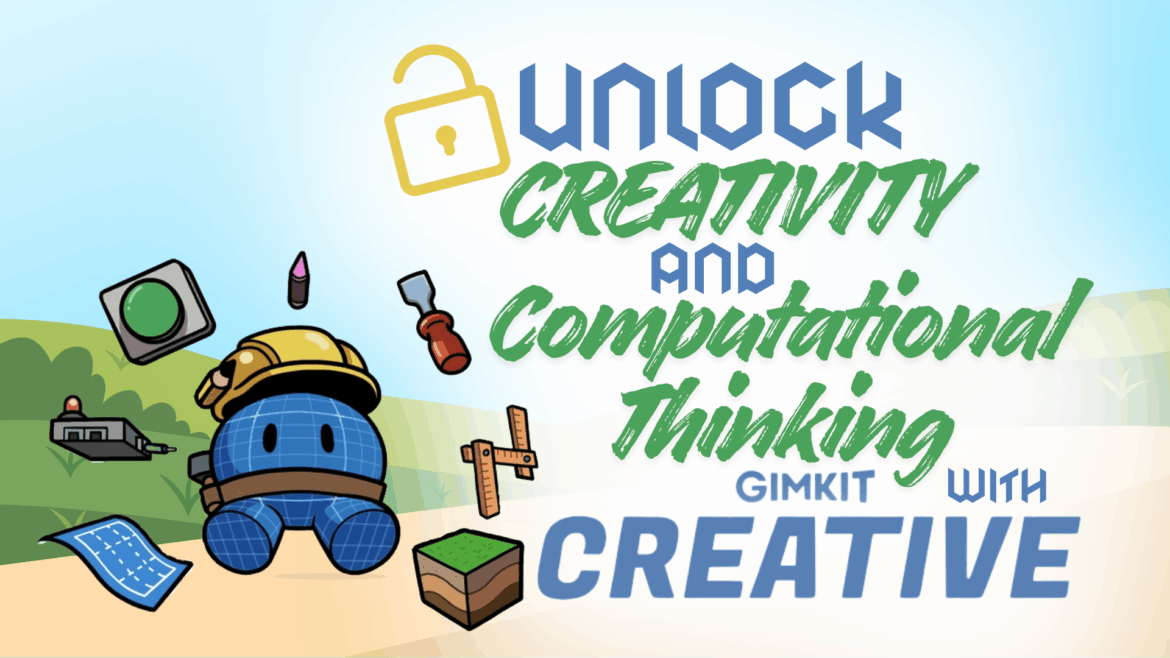
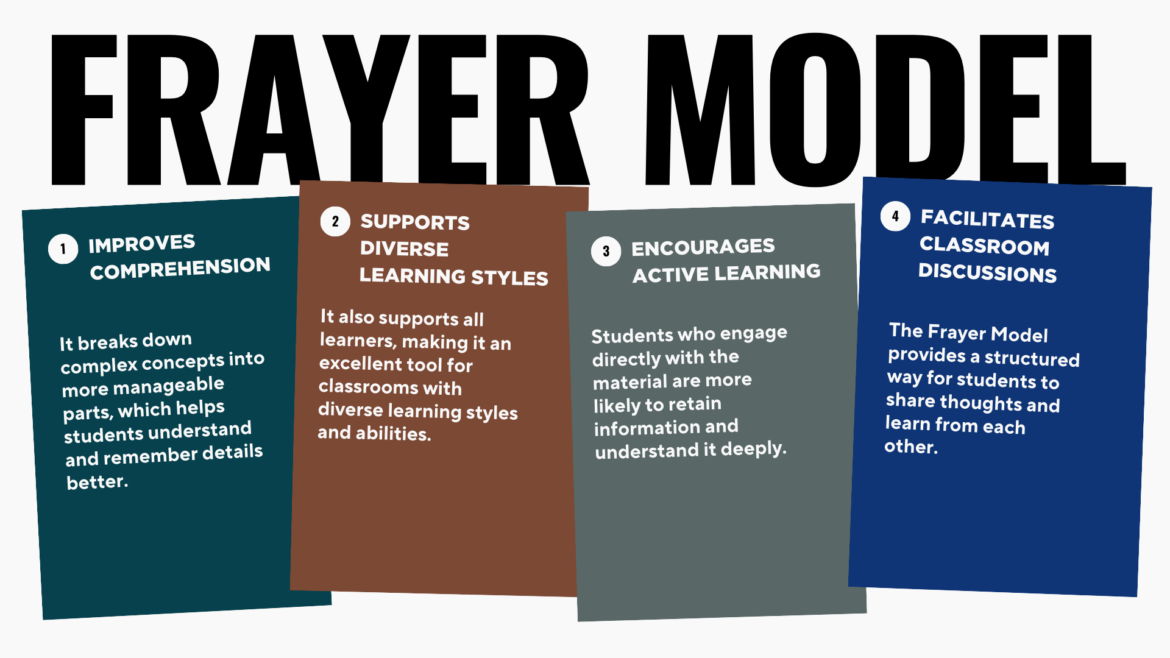
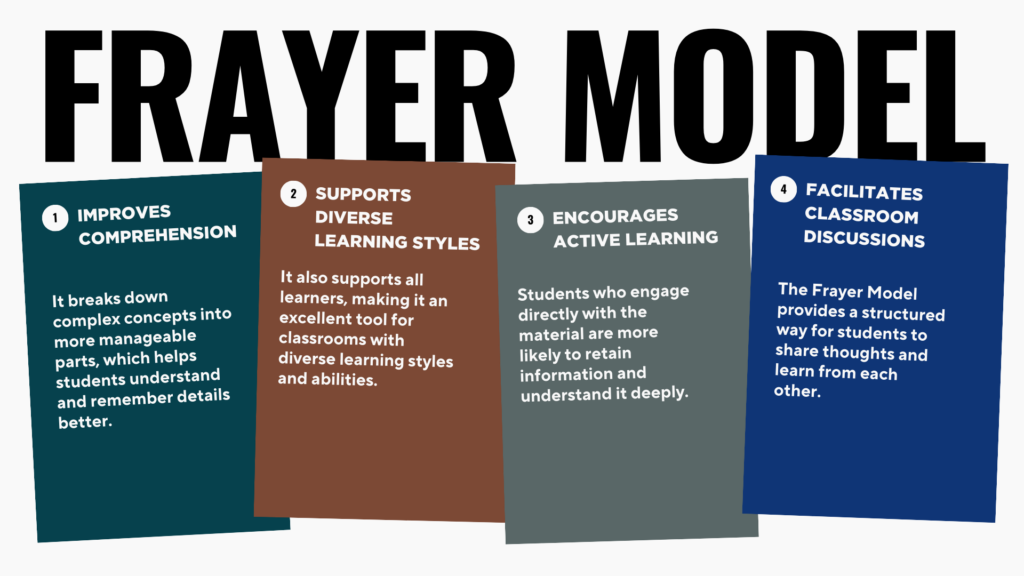
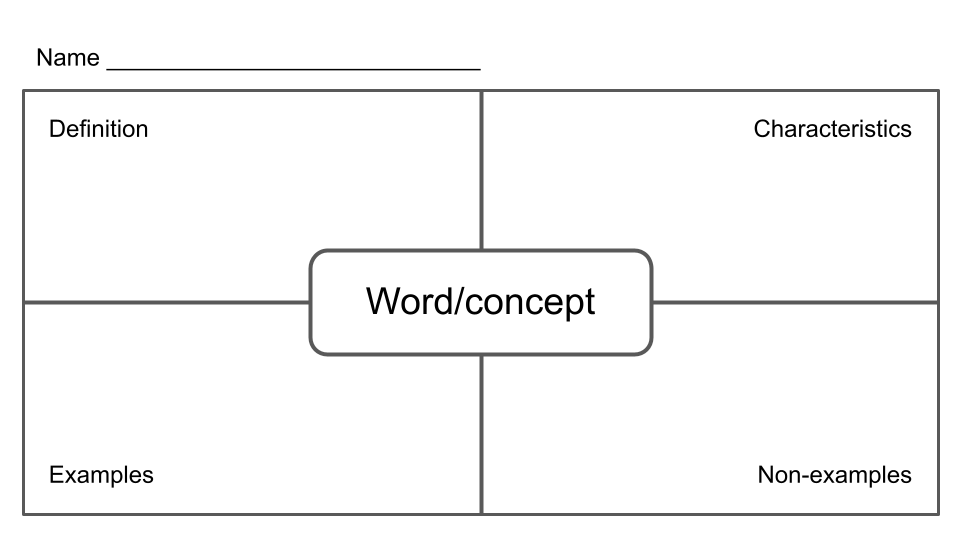
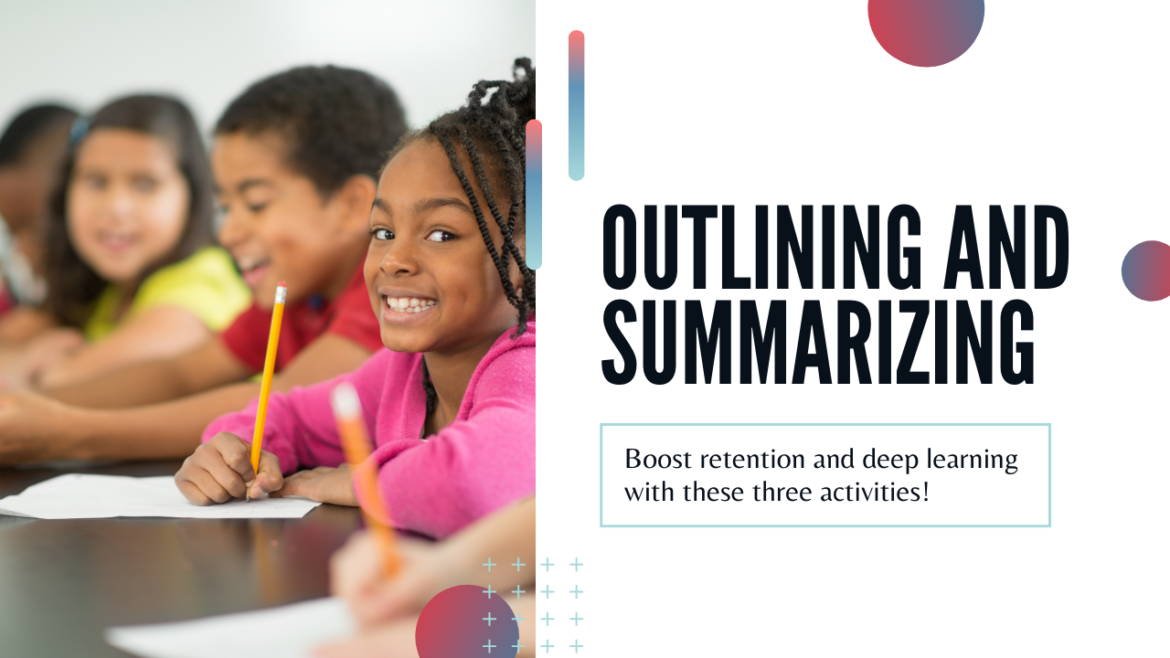
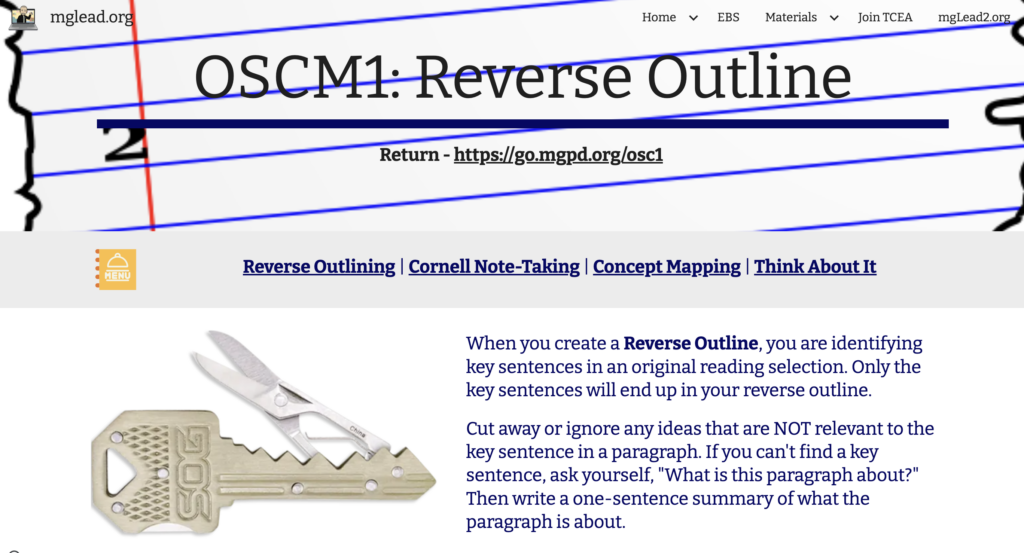
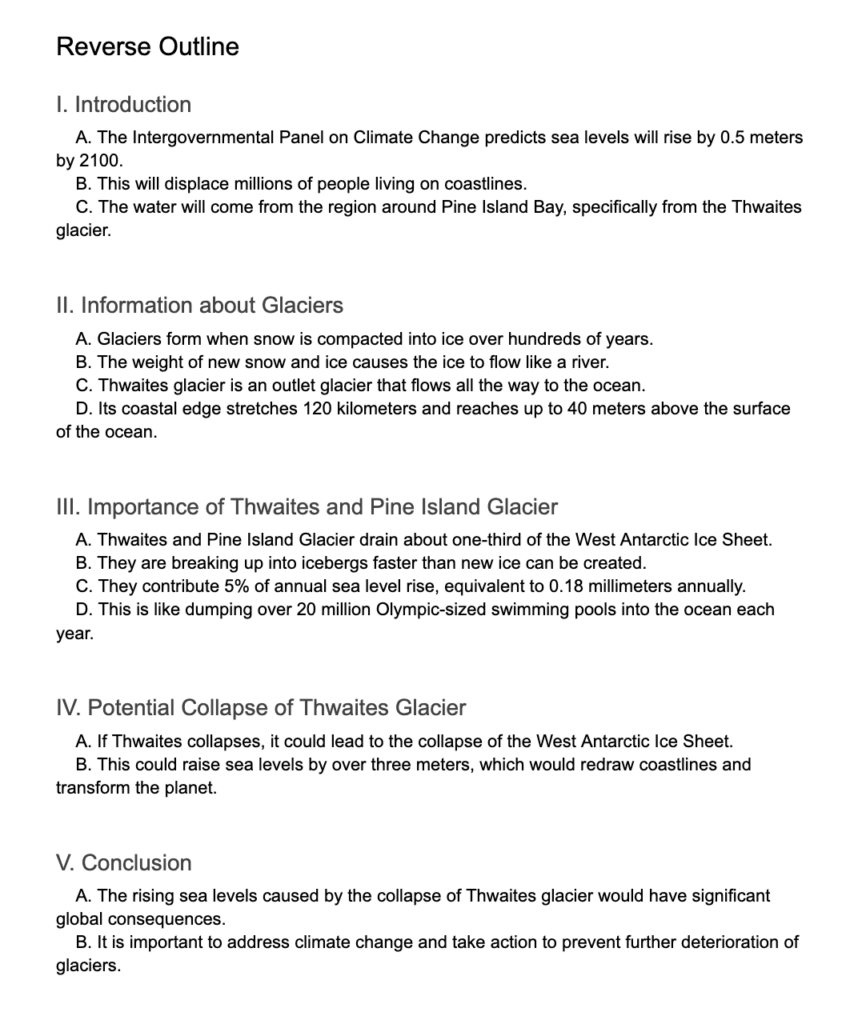
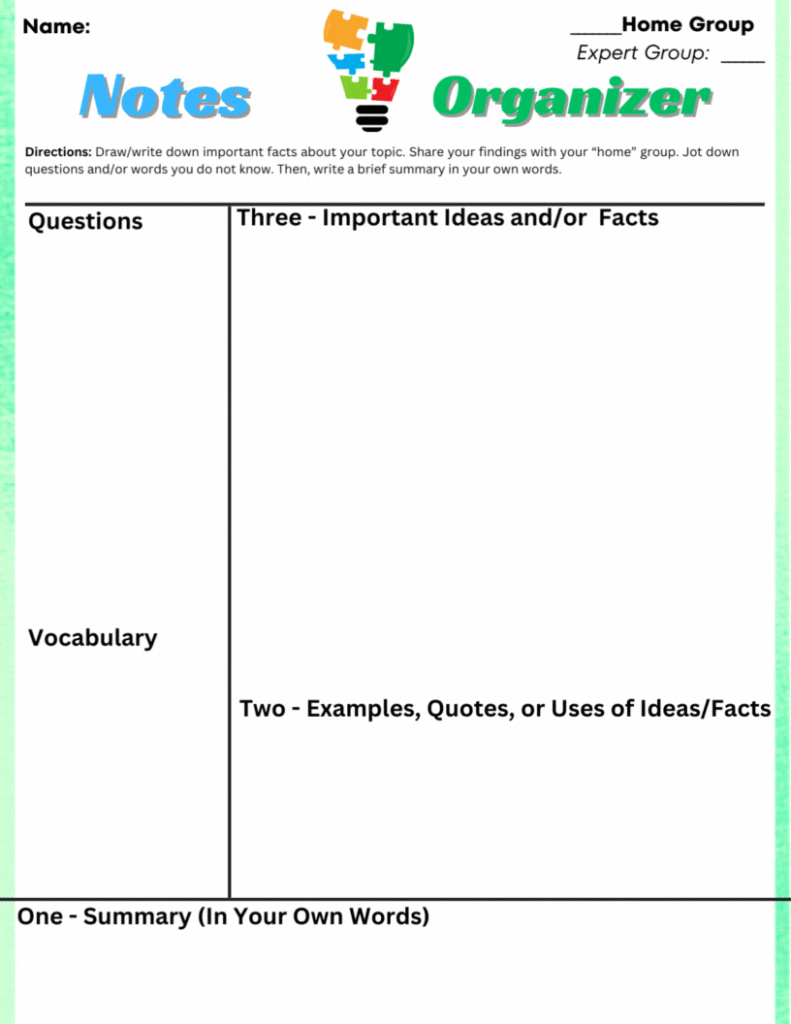

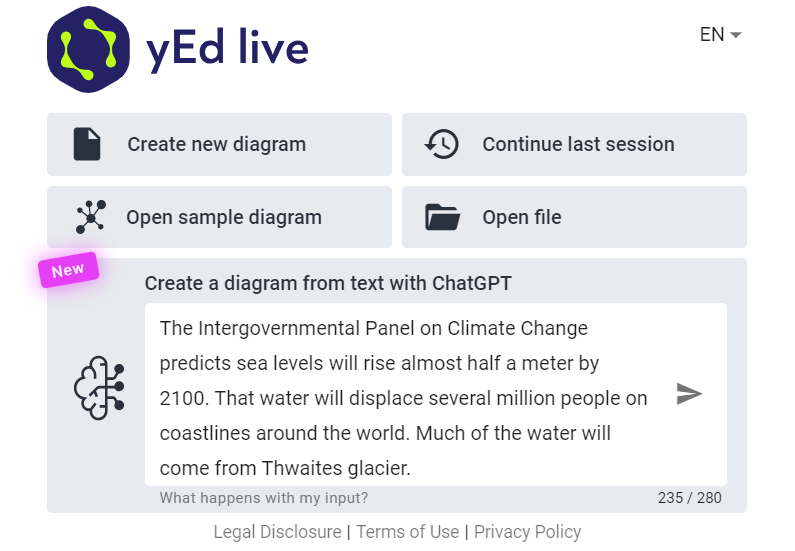
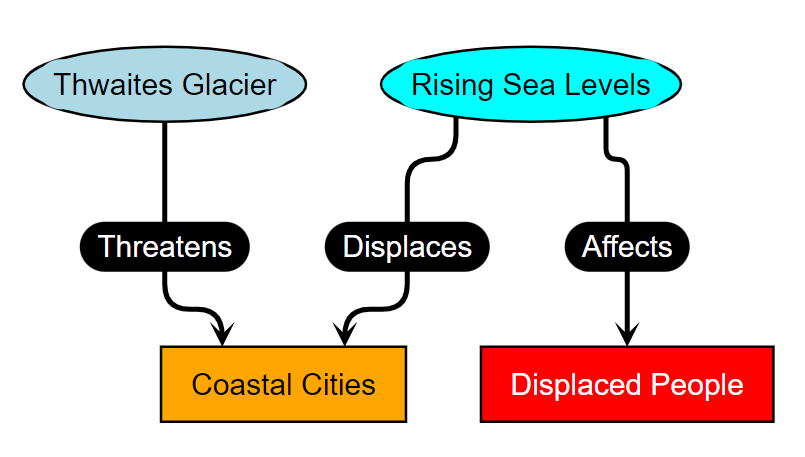
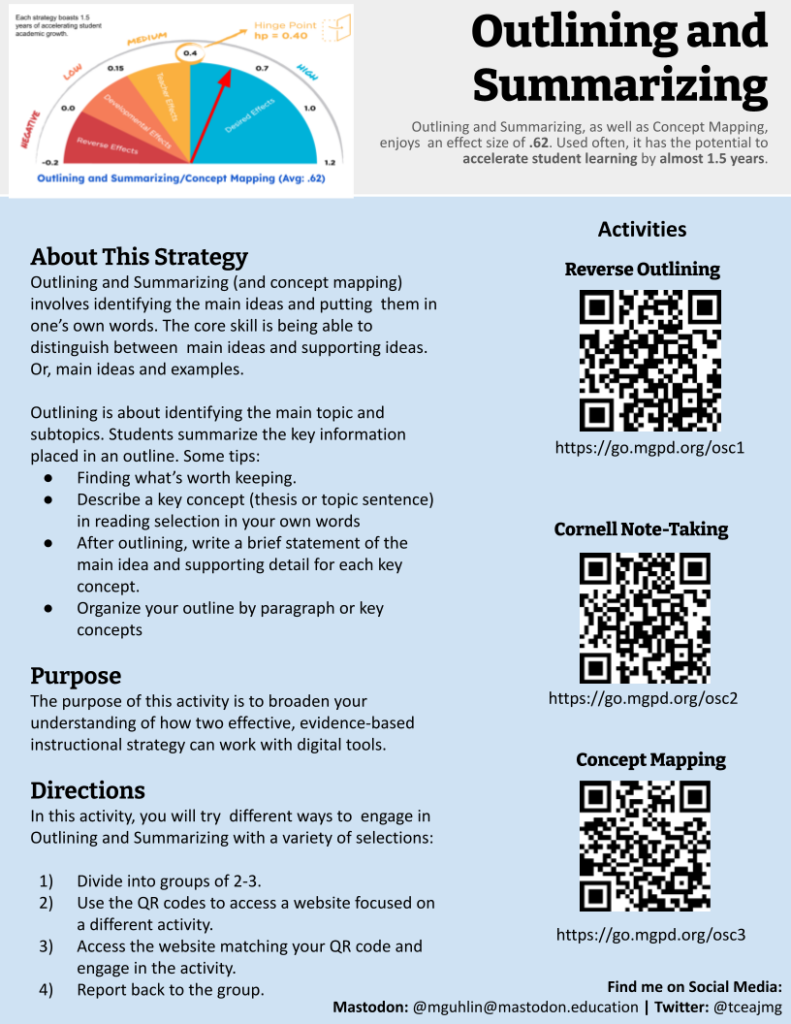

 While we all want our staff to succeed, we need to admit that there is a major role that we play in making that possible. By doing (or not doing) specific things as leaders, we can inadvertently hinder their ability to succeed. And, when you think about setting them up to succeed, many of the same strategies that we use for students will also work with our staff. Daniel H. Pink summarized it best when he identified the three things that motivate creative folks: “autonomy, mastery, and purpose.” Let’s take a look at how these might play out on your campus or team as you set them up for success.
While we all want our staff to succeed, we need to admit that there is a major role that we play in making that possible. By doing (or not doing) specific things as leaders, we can inadvertently hinder their ability to succeed. And, when you think about setting them up to succeed, many of the same strategies that we use for students will also work with our staff. Daniel H. Pink summarized it best when he identified the three things that motivate creative folks: “autonomy, mastery, and purpose.” Let’s take a look at how these might play out on your campus or team as you set them up for success.